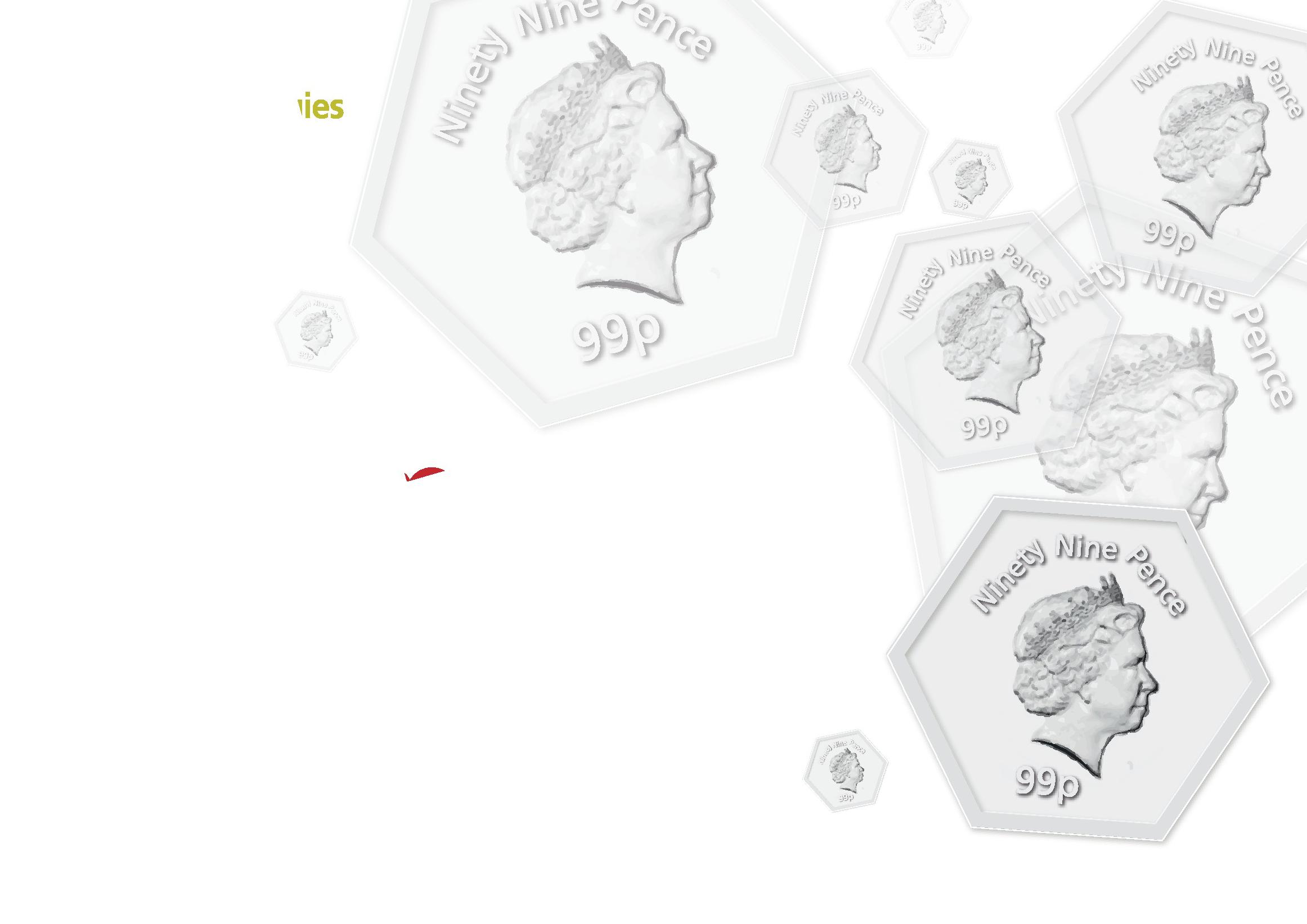
In the 2010 general election the Official Monster Raving Loony Party promised to introduce a 99p coin to ‘save on change’. The policy didn’t sweep leader, Howlin Laud Hope, into Downing Street but it does highlight the common practice of psychological pricing. The textbook definition refers to setting a price that is perceived as being significantly lower by the customer, even though any real saving is tiny — for example offering a product at £9.99 rather than £10. It’s hard to believe that consumers fall for such an obvious trick, but we clearly do: retailers only use it because they are convinced it works.
There is much more to psychological pricing than just knocking a penny off. Companies manage prices to shape customers’ perceptions of products in a whole range of subtle ways. Television shopping channels are particular masters of this art. Launched 25 years ago, QVC is the world’s biggest TV shopping business. In 2010 the US operation had sales revenues of nearly $8 billion (the UK company is small in comparison but still turns over around £400 million). QVC’s pricing strategy is carefully thought out and radically different to any shop.
Your organisation does not have access to this article.
Sign up today to give your students the edge they need to achieve their best grades with subject expertise
Subscribe




